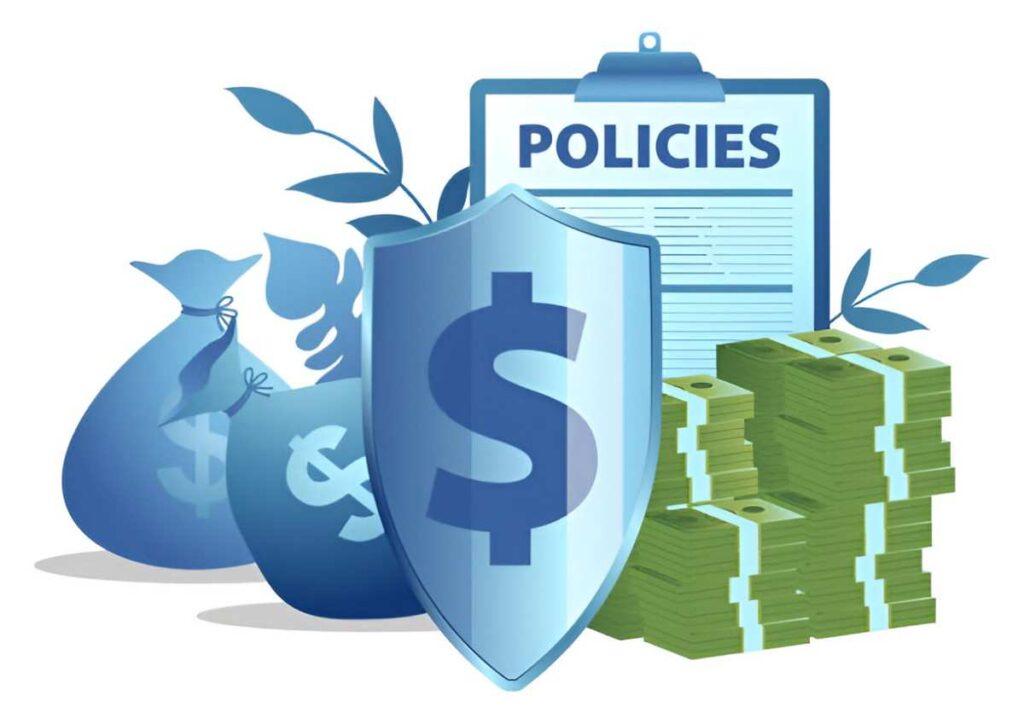A consequential-loss policy, often referred to as business interruption insurance, is a type of insurance coverage that protects businesses from financial losses incurred due to disruptions in operations caused by covered perils. These policies are designed to compensate businesses for income lost and expenses incurred during the period of disruption, allowing them to recover and resume operations smoothly.
Table of Contents
Key Points about Consequential-Loss Policy
1. Coverage and Scope:
- Business Interruption: Covers financial losses resulting from interruptions in normal business operations.
- Extended Coverage: Often includes coverage for additional expenses incurred to mitigate the impact of the interruption.
2. Types of Coverage:
- Perils Covered: Typically includes events such as fire, natural disasters, theft, and sometimes pandemics.
- Exclusions: Some policies may exclude certain events like war or intentional acts.
3. Example Scenarios:
- Fire Damage: If a fire damages a manufacturing facility, leading to a shutdown of operations, the policy would cover lost profits during the downtime.
- Natural Disaster: In the aftermath of a hurricane that disrupts business operations, consequential-loss insurance would compensate for lost revenue and ongoing expenses.
Importance of Consequential-Loss Policy
1. Risk Management:
- Financial Stability: Mitigates financial risks associated with unforeseen interruptions.
- Continuity: Facilitates business continuity by providing funds to cover ongoing expenses and lost income.
2. Business Resilience:
- Recovery: Supports rapid recovery and resumption of normal operations after a disruptive event.
- Planning: Encourages businesses to plan for potential disruptions and mitigate their impact proactively.
3. Financial Protection:
- Revenue Replacement: Helps replace lost revenue during the downtime caused by covered perils.
- Expense Coverage: Covers additional expenses incurred to minimize business interruption.
Example of Consequential-Loss Policy in Action
Consider a retail store affected by a flood:
- Scenario: A flood damages the store, rendering it temporarily unfit for business.
- Coverage: The consequential-loss policy would cover lost revenue and ongoing expenses like rent and payroll during the restoration period.
- Outcome: This financial support allows the business to maintain financial stability and resume operations once the store is reopened.
Criticism and Limitations
1. Scope of Coverage:
- Exclusions: Policies may have exclusions for certain events or circumstances.
- Claims Process: Claims can be complex and may involve detailed documentation of losses.
2. Cost-Benefit Analysis:
- Premiums: The cost of insurance premiums versus the potential benefits during a disruption.
Regulatory Considerations
1. Insurance Regulation:
- Compliance: Consequential-loss policies must comply with insurance regulations and industry standards.
- Disclosure: Insurers are required to clearly outline coverage terms, exclusions, and claim procedures.
Conclusion
A consequential-loss policy is a critical component of risk management for businesses, providing financial protection against interruptions in operations due to unforeseen events. By covering lost income and necessary expenses during downtime, these policies enable businesses to recover and resume operations efficiently. Understanding the coverage, limitations, and regulatory aspects of consequential-loss insurance helps businesses make informed decisions to safeguard their financial health and resilience against unexpected disruptions.





